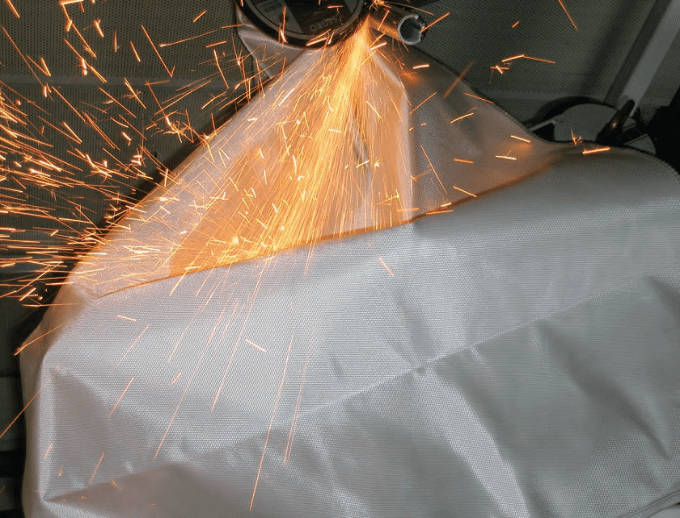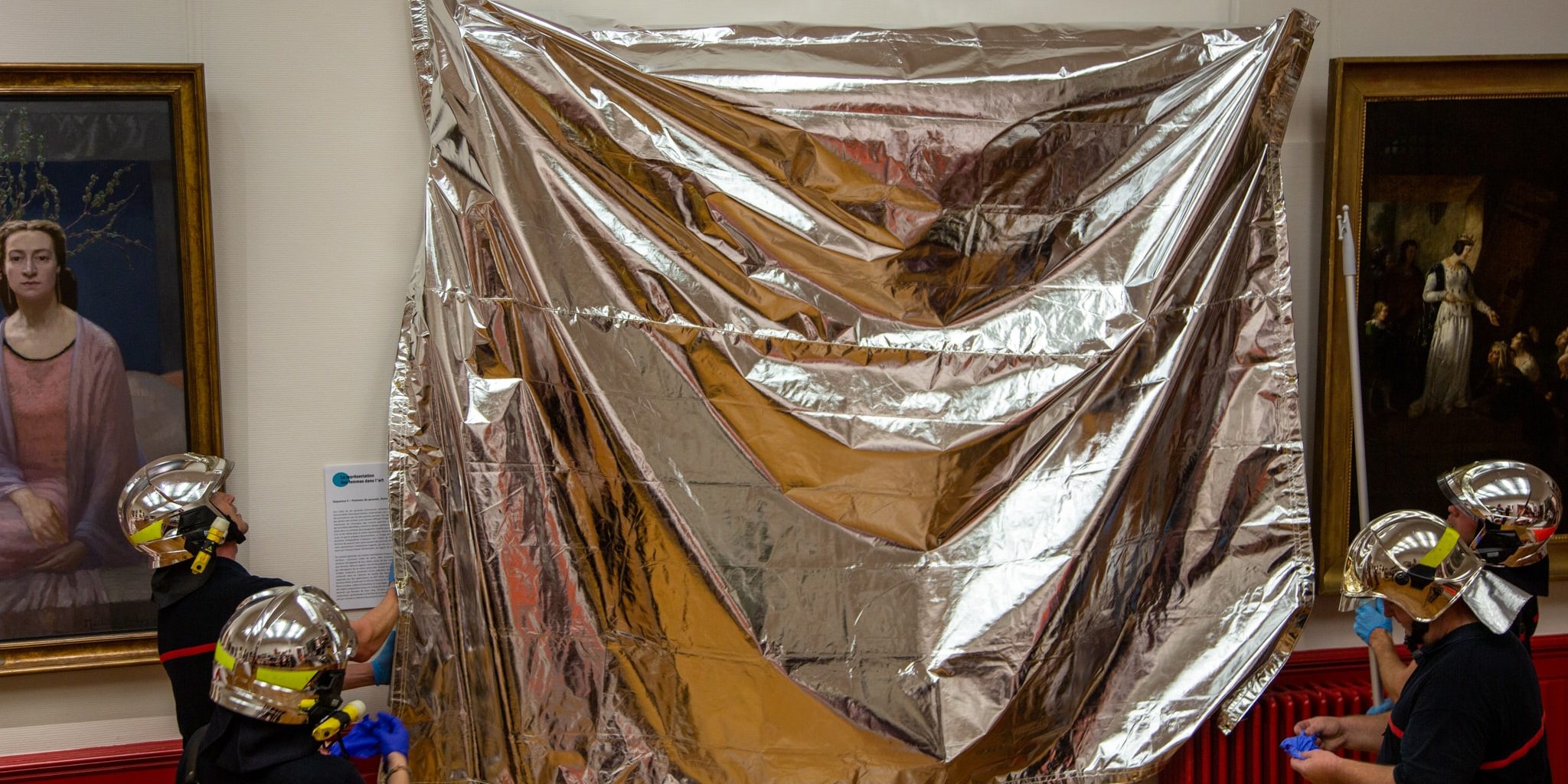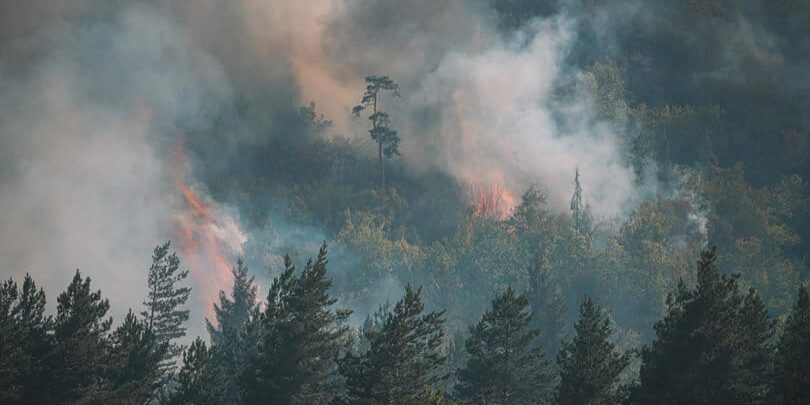If you're a collector or an art curator, chances are you've thought about artwork…
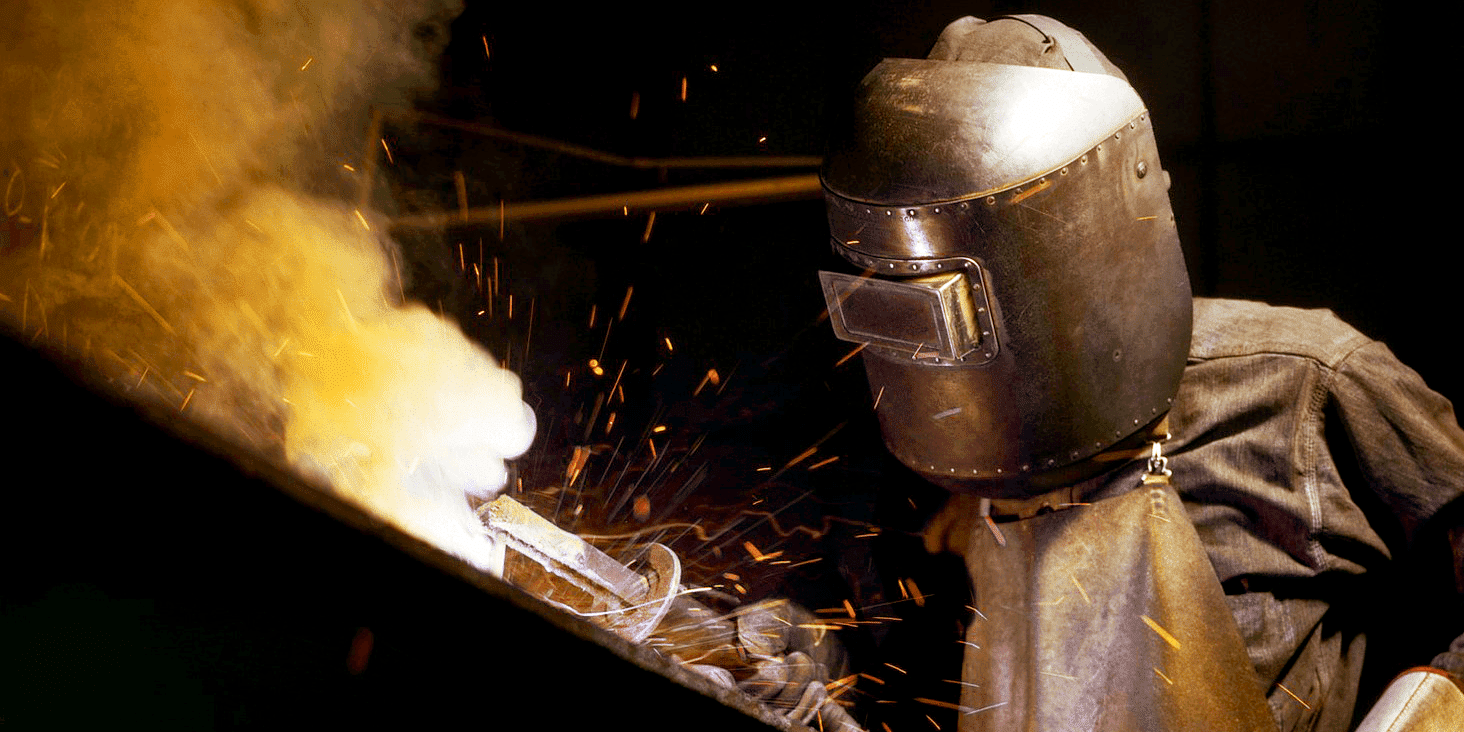
Hot Work & Safety Measures
Every year number of fires occur around the globe due to the negligence or the ignorance of employees performing hot works. Those fires can easily be prevented by applying the appropriate fire prevention measures.
What is a hot work?
A maintenance, a repair or a renovation work that could trigger a fire hazard is called a “Hot Work”. A hot work would generally include activities such as welding, oxyacetylene cutting, and grinding ferrous metals and would take place in locations considered as risk-sensitive where the consequences of a fire could be devastating, such as offshore platforms and public places like airports, subways etc.
 Hot work permit
Hot work permit
A Hot Work Permit or the equivalent might be required by the local OHS regulation in order to allow the work to be performed. This document must specify the procedures to follow to efficiently prevent fire hazards. The Hot Work Permits are usually delivered by the Safety Engineer or the Maintenance Manager attached to the project.
Safety Zone
As a rule of thumb, all Flammable and combustible materials should be removed and stored at a safe distance (11 meters / 35 ft) from the hot work zone. If those cannot be removed or displaced, it is essential to ensure that a safety zone is set up around the hot work area in order to prevent any accidental fire ignition from hot sparks or residue. A non-combustible, flameproof fabric (M0) is recommended to secure and contain the working area.
Explosive atmosphere : ATEX
Even with those precautions, some environments are NOT suitable for hot working. Explosive atmospheres are to excluded due to their very nature. Explosives atmospheres includes :
- Combustible dust concentrated environment (grain silos, flour mills, etc).
- Flammable vapors and gases atmosphere
- Highly flammable substances’ storage (Petrol, kerosene, butane, propane, natural gases, etc.)
All equipment used in such environment are to follow the ATEX directives (European Directive 94/9/CE or ATEX 137) which controls the effective ignition source of the object /material such as :
- Impact generated sparks
- Friction generated sparks
- Electric (anti-static) sparks…
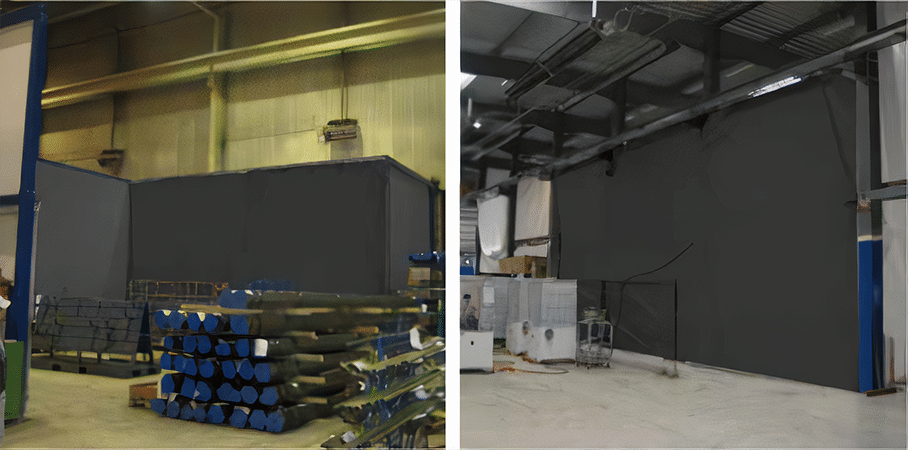
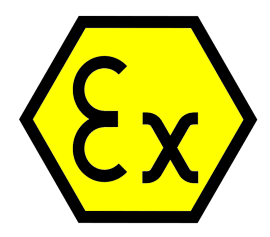 Once approved, the equipment / material will be marked with the ATEX pictogram and can be used in Explosive Atmosphere. ATEX certified material is mandatory for coal mines for example.
Once approved, the equipment / material will be marked with the ATEX pictogram and can be used in Explosive Atmosphere. ATEX certified material is mandatory for coal mines for example.
For more information
